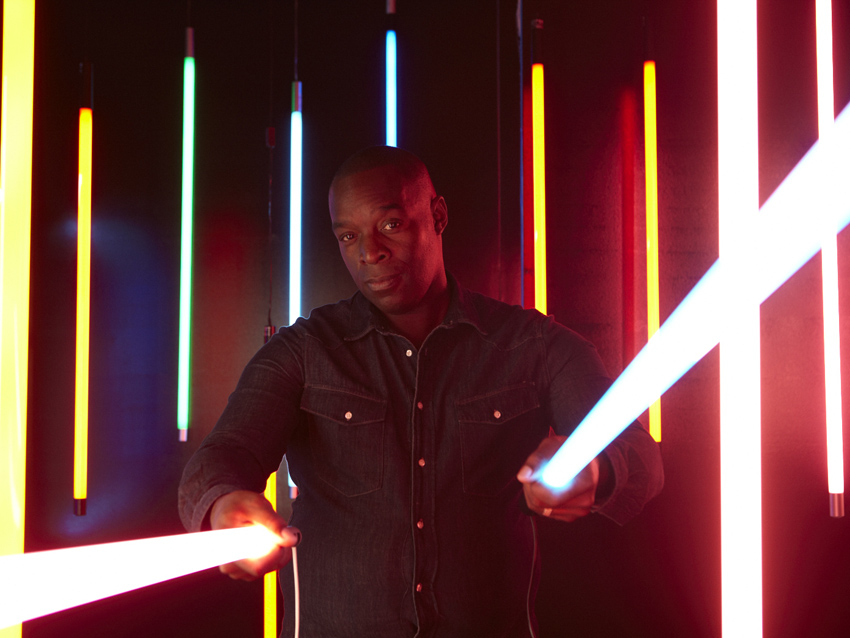
Living the Good Life
Kevin Saunderson is the Detroit legend who took techno into the charts with Inner City, and whose Just Want Another Chance (credited as Reese) inspired a generation of DnB, garage and dubstep producers with its futuristic bassline.
A monster package of new remixes of Inner City's Good Life has just been launched, so we caught up with Saunderson to find out how the way he makes music has changed over the past 26 years...
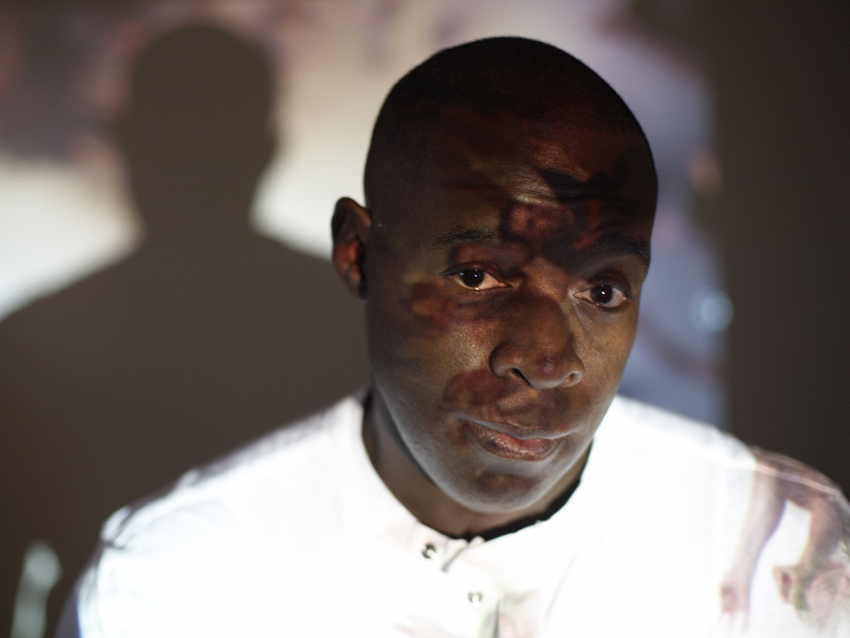
Early productions
“I used to use a Commodore 64 with Dr. T sequencer, or something like that. To me it was fantastic, because one man could make a song without having to have a full band play.
“Back then I had the Roland TR-909, 808 and 727 - those were my machines. Then a little later down the line I had an Akai MPC to resample kicks and make my stuff a little more unique sounding. It helped me put some subs with the kick and come up with some different sounds. I’d resample something that was playing live and then tweak it a little, put some decay on it, or mess with some of the parameters.
“Most of my swing really came from the 909 and 808. I was a heavy 909 guy so I'd always want to push that swing to the limit! It just had more of a pop to it.
“The Good Life stab started out from a sampled chord. I resampled the chord, manipulated that, and then I added this string type of thing with it. I think that was the Akai S900.
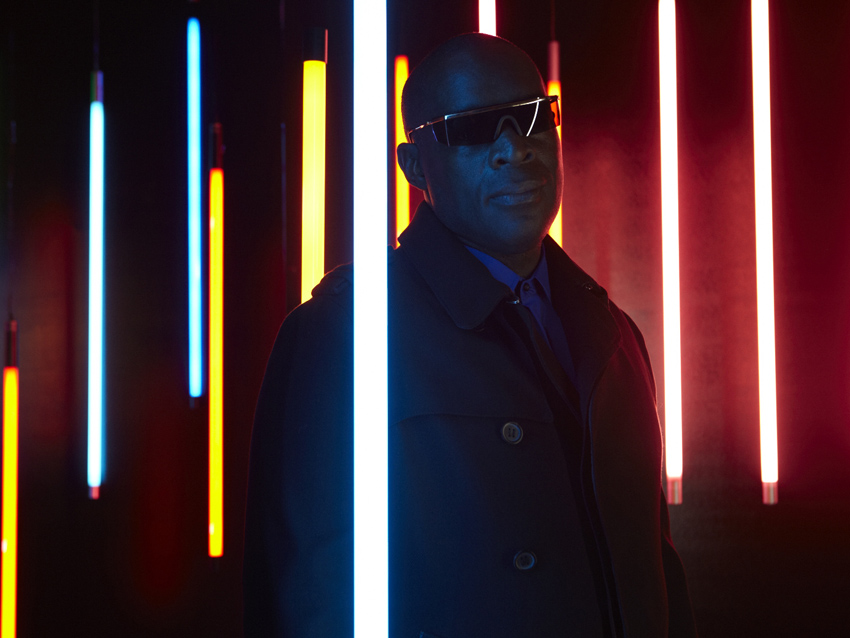
Synths
“For synths I was using the Roland Jupiter-6, Yamaha DX100, Casio CZ-5000 and 2000 (I think), and Roland Juno 106. Eventually I ended up getting a Waldorf Wave, but that probably came a little later down the line.
“I mainly used the DX100 for the bass that I came up with in Big Fun. I probably didn't use it as much as Derrick May, who used it a lot. I didn't want to sound exactly like him, and I couldn't figure out how to make it sound too much different! The 106 though, you can get more to the parameters and stuff, I could manipulate the sounds a lot to get my own character. I came up with quite a few interesting sounds out of the CZ-5000 or 2000. Shit, it might have been a 1000.”
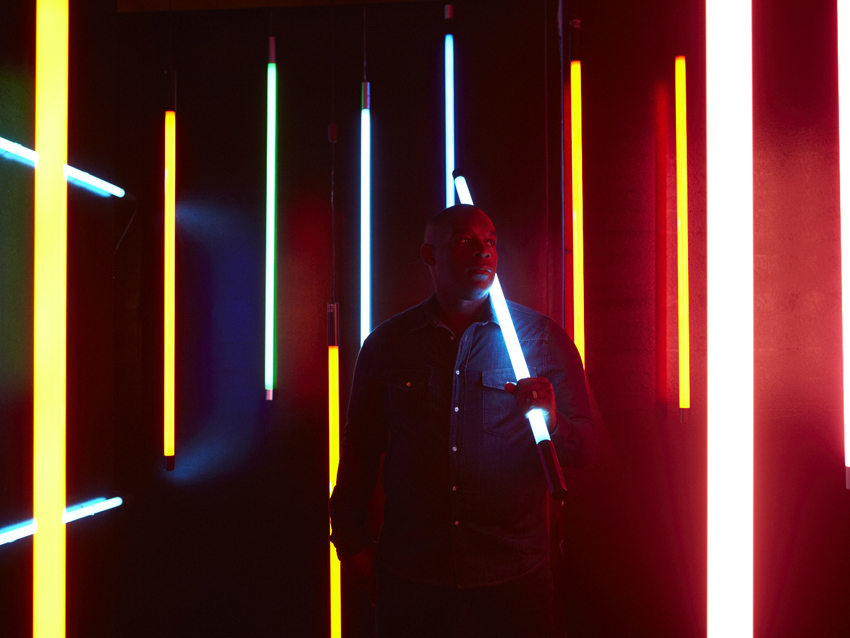
The Reese bass
“I created the Reese bass from that [Casio synth], and drum 'n' bass DJs have used it over the years. It was trial and error, man; I might play a line, and the line sounded cool, and then I needed to work on the sound. Sometimes I’d go in reverse and work on the sound first, and then play a line because it inspired me. Sometimes I might make a rhythm or sequence, and determine that I wanted to work on the sound, just getting into the parameters of it. It just inspired me to try different shit.
“I'd be getting into the oscillators, but it was trial and error. I didn't know a lot about that kind of stuff, but I knew it affected the way the original patch sounded. You just messed around with every button!
“Then, as you got more experienced, you started knowing how the parameters really affected it. Back in the beginning you didn't really know, you just kept messing with it until something great came out of it.
“So there was no real theory behind it, besides experimentation to make something happen differently to what was was already there. You get a lot of patches and stuff - anybody can use them and play the [synth] - but it's a little different when you start doing stuff like that, mixing another sound in, and coming up with something unique. I can usually tell when I have it right just by how the impact of the sound feels when I play on the keyboard, whether it's a deep Reese bass or any other type of bass.
“I'd think about the Paradise Garage [New York Club] and getting something dark that would work, that Larry Levan could play. That was my inspiration. If I've done something positive to have an impact on people… not everyone can make that happen. I have no problem with it! It's part of history. It would have been nice if I could have put a patent on it, but I ain't complaining!”
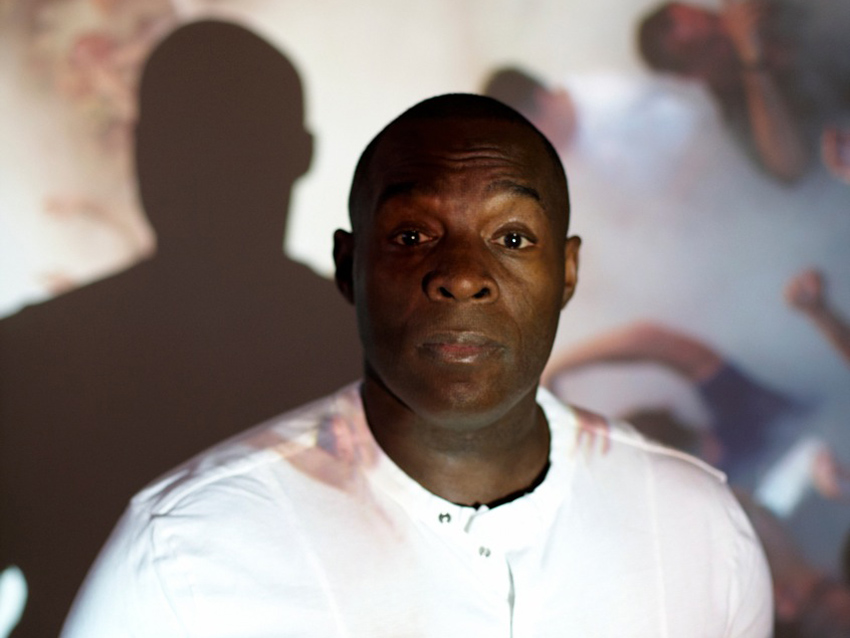
UK breaks and jungle
“When the UK was doing the breaks I was into the breaks stuff and I was into the jungle stuff. I never tried to create a jungle track, but I've always liked jungle music. I liked a lot of breaks in the songs, and I might have sampled a chord off of one record to play a line because I liked the sound.
“I thought it was very unique, you know, just a little too... what's the word: just the same riffs all the time. But it's what inspired me to create Tronik House, which was really my UK version of Kevin Saunderson.”
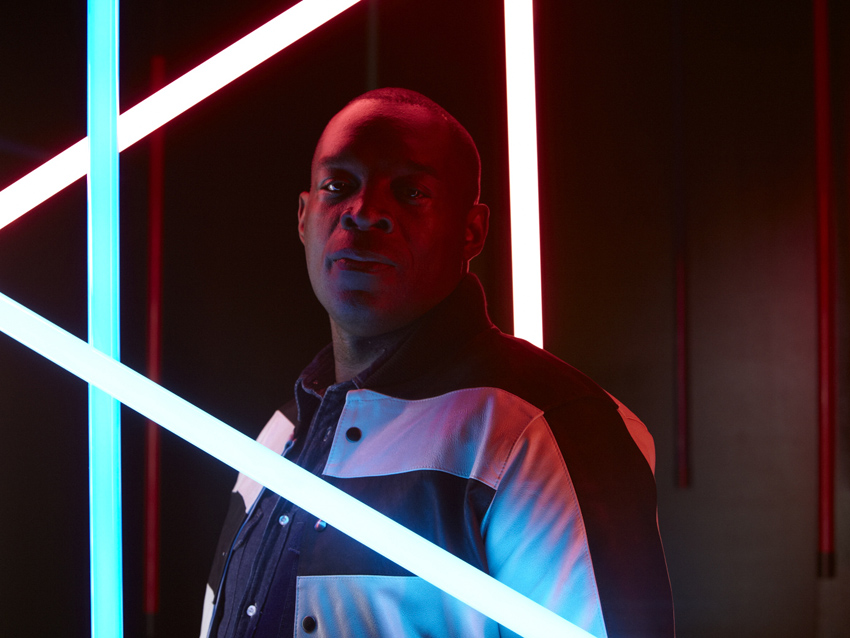
DAWs and plugins
“When Pro Tools and Logic first came out I jumped into those, both of 'em. Logic I used mainly for the sequencer; with Pro Tools I didn't really know what the hell I was really getting, but I got it.
“A lot of times I would just start experimenting. I was always trying to get the new technology and see what I could get out of it. It wasn't always so easy splicing tape, so when that stuff came it really enhanced things. I was just using them for the sequencer and the sound engine, and to arrange my music.
“Plugins weren’t really a big thing at that time - this was just at the beginning of that kind of stuff. Over the years everything has progressed to the point where there are plugins for everything. It's changed a lot.
“When they first started doing [plugins] you could tell that the sounds weren't… well, I wasn't happy with the sound I could get out of them, let's put it that way! Now when I mess around musically and I use plugins I think they're done very well. I don't really have many synths any more - maybe a couple. I don't have a lot of hardware; I appreciate it when I'm around it, but it's not a necessity for me.
“I've got Logic Pro X and Ableton Live 9, so I mess around with the stuff in there. I have a lot of Native Instruments stuff, too. I just got Logic Pro X so I'm just at the tutorial stage trying to find out more about it. I've just been DJing for the last 10 or 12 years, but I always have the tools and I mess around. If I've got my laptop with me I might bring up a tutorial, check out what's new, mess around with it, then check out the sound of it and the parameters of one of the plugins. I like doing tutorials because there's so much stuff that you wanna pick up on it quick! You ain't gotta get on the phone, you ain't gotta ask nobody, and you ain't gotta call technical support with an issue.
“You can train yourself on the areas that you might be rusty in or you just don't remember no more! Back in the day you had to pull out the book, and even when you pulled out the book you still didn't halfway understand it so you had to call to get some support. It was very time consuming! That part is gone.”
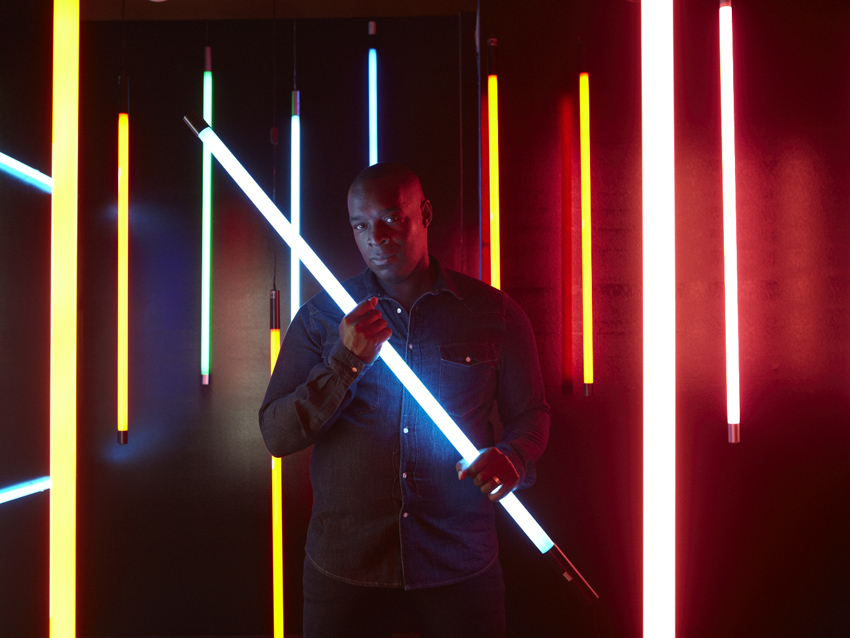
Music making today
“I guess everybody can get into it and think that they can make a track. My boys, now they make music, and when they first started making it I was like, 'You not serious - you just want to make a track because it's become popular and it's easy to do'. I remember hearing some of their first music and thinking, 'You got a long way to go'. But they developed, they are getting serious, and they're pretty good now.
“The downside is that people can make a track and it can be released, even if it may not such a good track! It waters down the good music that's out there. There's so much music that you might miss out on a good track because you have to go through 300 bad tracks to get to 10 good ones!”
Inner City - Good Life 2013 Remixes and KMS 25th Anniversary Classics - 2.5 Decades of Techno are out now on KMS. For more info visit www.kevinsaunderson.com.